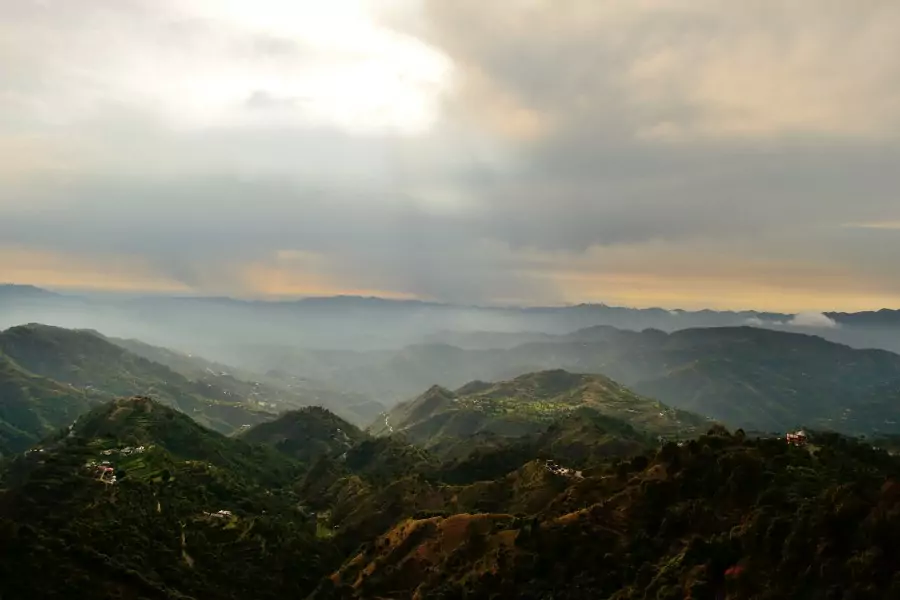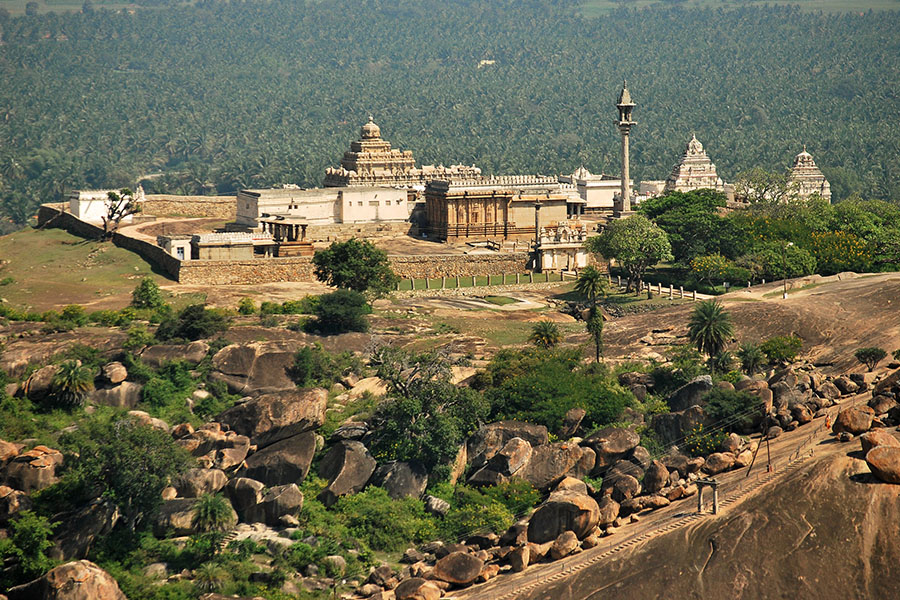Golden Temple, Amritsar – History, Architecture, Nearby Attractions

The Golden Temple, also known as Harmandir Sahib, is the most sacred shrine in Sikhism and a symbol of peace, equality, and spiritual devotion. Located in Amritsar, Punjab, this stunning temple attracts millions of pilgrims and tourists from all over the world. With its mesmerizing gold-covered dome, serene surroundings, and deep spiritual significance, the Golden Temple stands as a beacon of faith and humanity.
Historical Background
1. Foundation of the Golden Temple
The construction of the Golden Temple began in 1581 under the guidance of Guru Arjan, the fifth Sikh Guru. The foundation stone was laid by Sai Mir Mian Mohammad, a Sufi saint, highlighting the temple’s message of inclusivity and interfaith harmony. Completed in 1604, the temple soon became the spiritual center for Sikhs.
2. The Role of Maharaja Ranjit Singh
Maharaja Ranjit Singh, the first Maharaja of the Sikh Empire, played a crucial role in the temple’s history. In the early 19th century, he covered the upper floors of the temple with gold, giving it its iconic appearance and the name “Golden Temple.” His patronage also ensured the preservation and expansion of the temple complex.
Architectural Brilliance
3. The Golden Dome

The most striking feature of the Golden Temple is its majestic gold-covered dome, which shines brilliantly in the sunlight. The dome symbolizes the eternal nature of God and is a masterpiece of Sikh architecture. Crafted with intricate designs, the dome reflects the artistic and spiritual essence of the temple.
4. The Amrit Sarovar

Surrounding the temple is the Amrit Sarovar, a holy water tank that lends its name to the city of Amritsar. Devotees believe that the water in the Sarovar has healing powers, and they often take a dip in it as an act of spiritual cleansing. The calm waters, reflecting the golden structure, create a tranquil atmosphere for meditation and prayer.
5. The Harmandir Sahib

The main temple structure, known as Harmandir Sahib, is situated at the center of the Sarovar. Built on a 67-foot square platform, the temple is accessible by a marble causeway called the Guru’s Bridge. The Harmandir Sahib features a blend of Islamic and Hindu architectural styles, with its marble walls inlaid with precious stones and intricate frescoes.
Spiritual and Cultural Significance
6. A Center for Sikh Devotion
The Golden Temple is the most important pilgrimage site for Sikhs. It houses the Guru Granth Sahib, the holy scripture of Sikhism, which is recited continuously during the day. The temple’s serene environment and the constant singing of hymns (kirtan) create a deeply spiritual experience for visitors.
7. The Concept of Seva
Seva, or selfless service, is a central tenet of Sikhism, and the Golden Temple exemplifies this through its Langar, a community kitchen that serves free meals to all visitors, regardless of their background. Every day, thousands of devotees volunteer to cook, serve, and clean, embodying the spirit of equality and compassion.
8. Festivals at the Golden Temple
The temple is the focal point of several Sikh festivals, the most significant being Guru Nanak Gurpurab and Baisakhi. During these occasions, the temple is beautifully illuminated, and special prayers and processions are held. The sight of the Golden Temple glowing under the night sky during these festivals is truly breathtaking.
Visitor Information
9. Best Time to Visit
The Golden Temple is open year-round, but the best time to visit is during the winter months (October to March) when the weather is pleasant. Visiting during festivals like Diwali or Guru Nanak Gurpurab offers a unique and vibrant experience.
10. Entry Guidelines
The Golden Temple welcomes visitors of all faiths, but there are some guidelines to follow. Visitors must cover their heads, remove their shoes, and wash their feet before entering the temple complex. Photography is allowed in certain areas but is prohibited inside the Harmandir Sahib.
11. Timings and Accessibility
The temple is open 24 hours a day, with the main entrance (Darshani Deori) facing the Akal Takht. The recitation of the Guru Granth Sahib begins early in the morning and continues until late at night. The temple is easily accessible from the Amritsar Railway Station and the Sri Guru Ram Dass Jee International Airport.
Nearby Attractions
12. Jallianwala Bagh

Located just a short walk from the Golden Temple, Jallianwala Bagh is a historic site that commemorates the massacre of hundreds of Indians by British troops in 1919. The memorial park is a somber reminder of India’s struggle for independence.
13. Partition Museum

The Partition Museum, also close to the Golden Temple, offers an insightful look into the partition of India and Pakistan in 1947. Through photographs, documents, and personal stories, the museum provides a poignant account of one of the most significant events in Indian history.
14. Wagah Border

The Wagah Border, about 30 kilometers from Amritsar, is the only road border crossing between India and Pakistan. The daily flag-lowering ceremony at sunset is a popular attraction, showcasing a display of patriotism and synchronized marching.
Conclusion
The Golden Temple is not just a religious monument; it’s a symbol of spiritual devotion, architectural grandeur, and cultural unity. Whether you are a pilgrim seeking spiritual solace or a traveler eager to witness its beauty, the Golden Temple offers an experience that transcends the ordinary. Its shimmering golden facade, the soothing hymns, and the spirit of Seva make it a place where the divine and the human coexist in harmony.
FAQs
1. What is the significance of the Langar at the Golden Temple?
The Langar, or community kitchen, serves free meals to all visitors, embodying the Sikh principles of equality and selfless service.
2. Can non-Sikhs visit the Golden Temple?
Yes, the Golden Temple is open to people of all faiths and backgrounds, welcoming everyone to experience its spiritual and cultural significance.
3. What should I wear when visiting the Golden Temple?
Visitors are required to cover their heads and dress modestly. Shoes must be removed, and feet washed before entering the temple complex.
4. How long does a visit to the Golden Temple usually take?
A visit can take anywhere from a couple of hours to an entire day, depending on how much time you spend exploring the temple complex and participating in the prayers and rituals.
5. What other attractions can I visit near the Golden Temple?
Nearby attractions include Jallianwala Bagh, the Partition Museum, and the Wagah Border, all of which offer unique insights into India’s history and culture.


